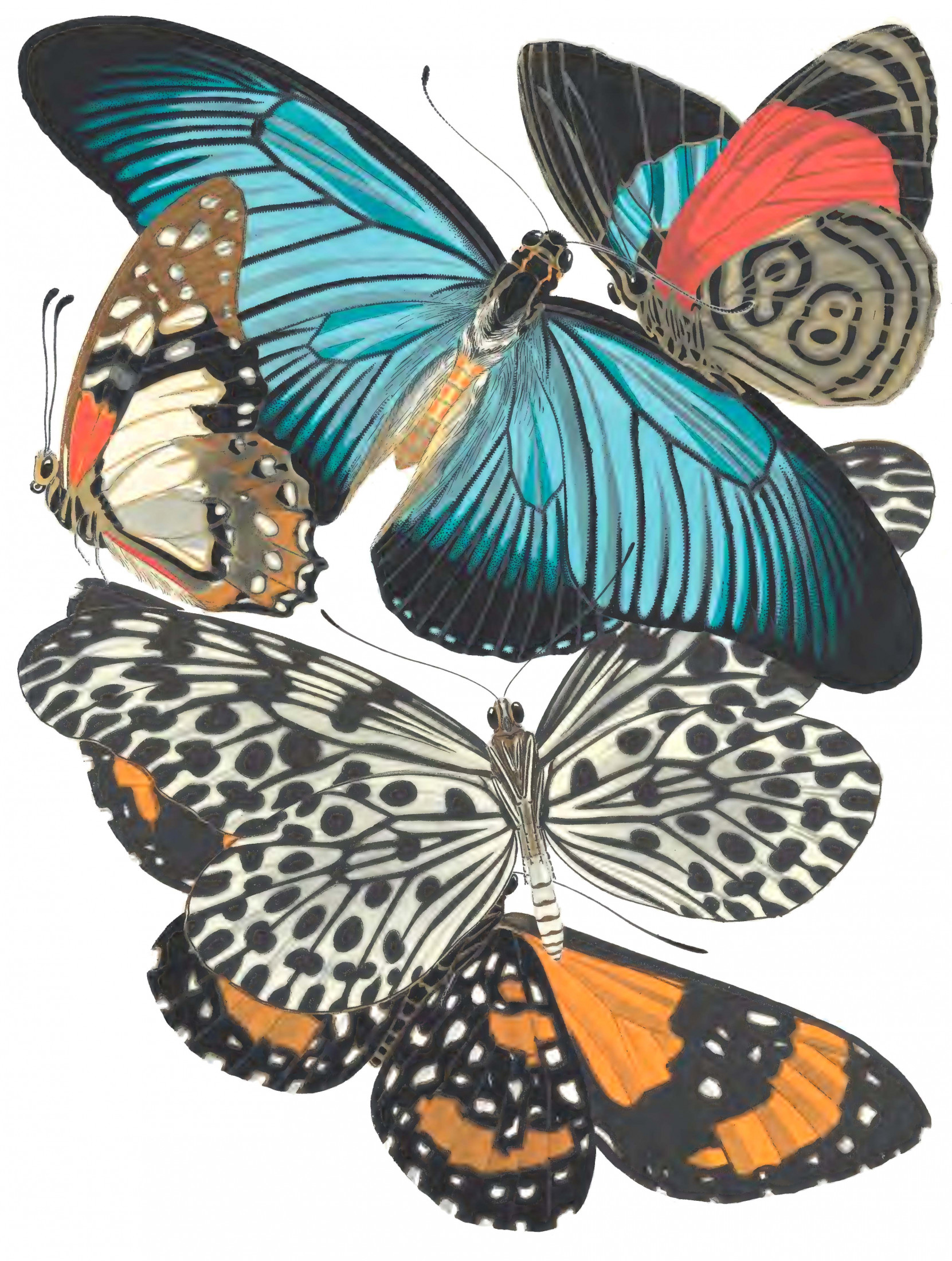As Earth’s climate continues to warm due to the emission of greenhouse gases, extreme and anomalous weather events are becoming more common. But predicting and analyzing the effects of what is, by definition, an anomaly can be tricky.
Scientists say museum specimens can help. In the first study of its kind, researchers at the University of Florida used natural history specimens to show that unseasonably warm and cold days can prolong the active period of moths and butterflies by nearly a month.
“The results are not at all what we expected,” said lead author Robert Guralnick, curator of biodiversity informatics at the Florida Museum of Natural History.
Most studies view climate change and its consequences through a periscope of average temperature increases. As temperature goes up over time, the plants and animals in a particular region become active earlier in the spring, delay dormancy until later in the fall and slowly shift their ranges to align with the climate in which they’re best suited to survive.
Erratic weather adds a layer of complexity to these patterns, with unknown consequences that erect an opaque screen ahead of scientists attempting to predict the future of global ecosystems.
“There had been hints in the scientific literature that weather anomalies can have cumulative effects on ecosystems, but there wasn’t anything that directly addressed this question at a broad scale,” Guralnick said.
This omission, he explained, was due primarily to a lack of sufficient data. While climate data has been reliably collected in many areas of the world for more than a century, records documenting the location and activity of organisms are harder to come by.

Illustration by Emile-Allain Séguy, CC0
Natural history museums have been increasingly regarded as a potential solution. The oldest museums have accumulated specimens for hundreds of years, and recent efforts to digitize collections have made their contents widely available. But digital museum records come with their own unique pitfalls and drawbacks.
In 2022, study co-author Michael Belitz constructed a dataset of moths and butterflies from museum collections to chart a course for other researchers hoping to use similar data. The result was a comprehensive instruction manual for how to gather, organize and analyze information from natural history specimens.
With this robust resource at their disposal, Belitz and his colleagues wanted to see if they could detect a signal from aberrant weather patterns. Restricting their analyses to the eastern United States, the authors used records for 139 moth and butterfly species collected from the 1940s through the 2010s.
Their results were unequivocal: Unusually warm and cold weather has significantly altered insect activity to a greater extent than the average increase in global temperature for the last several decades.
The location and timing of extreme weather events influenced how insects responded. In higher latitudes, warm days in winter meant moths and butterflies became active earlier in the spring. Unusually cold days kept insects at all latitudes active longer, and the combination of exceptionally high and low temperatures had the strongest effect.

Image by Guralnick, Campbell and Belitz, 2023
“If you have a succession of abnormally cold and warm days, it limits the ability of insects to function at peak performance,” Guralnick said. “If cold doesn’t kill you, it slows you down, and it might force insects into a torpor. Insects can recover from the cold snaps pretty quickly and go on to have longer lifespans as a direct result of sudden temperature declines.”
Insects being active for longer periods of time might initially seem like a good thing. But rather than a counterweight to the negative repercussions of climate change, co-author Lindsay Campbell — who studies mosquitos — points out that longer or altered insect lifespans may also mean more opportunities for pathogen transmission.
“There’s a correlation between El Niño and rift valley fever outbreaks in East Africa, and there are anecdotal observations that show unusually warm or hot and dry springs, followed by a heavy precipitation event, are also linked with increased outbreaks,” said Campbell, an assistant professor at the University of Florida.
Long-term ecosystem stability is also entirely dependent on the synchronized activity of its constituent parts, and plants may not respond to extreme weather in the same way as insects. If moths and butterflies take flight too early, they risk encountering plants that haven’t yet produced leaves or flowers, expending their energy in a vain search for food.
And with a constantly shifting baseline for what constitutes ‘extreme,’ it’s unclear if insects will be able to keep pace with the changes.
“As average temperature and climate variability increases, an organism’s resilience is going to drop precipitously,” Guralnick said. “The extreme events of today are going to become much more extreme in the future, and at some point, the capacity to buffer against these changes is going to reach its limit.”
Indirect support for the study was provided by the National Science Foundation (grant no. 170304) and the National Institute of Food and Agriculture (project no. 10214820).
Sources: Robert Guralnick, rguralnick@flmnh.ufl.edu;
Lindsay Campbell, lcampbell2@ufl.edu;
Michael Belitz, michaelbelitz06@gmail.com
Writer: Jerald Pinson, jpinson@flmnh.ufl.edu, 352-294-0452